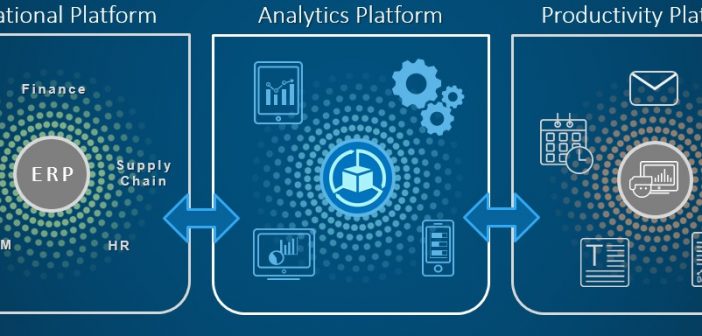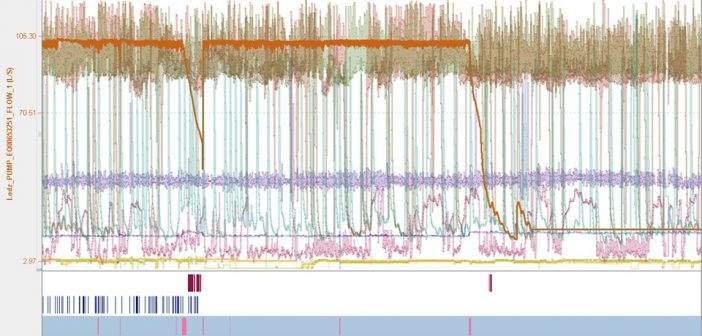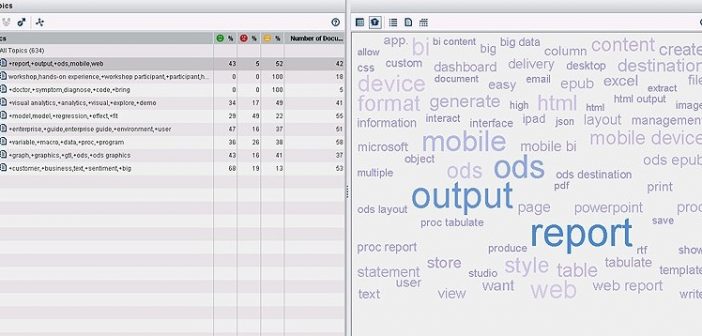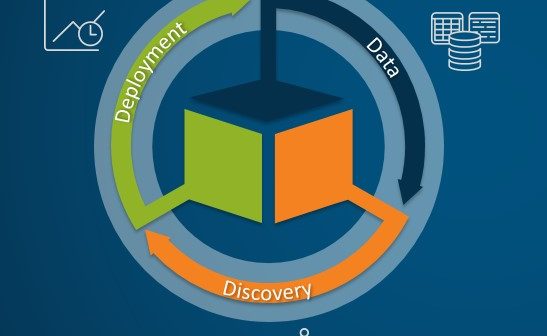The IT landscape has become very platform oriented. Earlier it was quite normal to implement unique and separate IT systems to handle operational data from customers, supply chain, HR or marketing. Even word processing and spread sheet calculations had multiple commercial options. Having many isolated solutions led to non-integrated IT-landscape where organizations faced production gaps in their everyday work and IT management struggled with version control.
Well, now the platforms are here to stay. Let’s break them down to three main categories:
- Operational
- Productivity
- Analytics
Operational platforms are used to run everyday management of resources and normal day-to-day tasks which makes every business run. Thus, merging the functionalities from systems such as ERP, CRM, HR and Supply Chain.
Productivity platforms are used to communicate to other colleges, write documents, calculate on spread sheets and build presentations. So, your typical Office tools tightly integrated.

So, what is an Analytics Platform?
Let’s start by looking at the Analytical Use Cases (AUC) that companies face on a daily basis. These are situations where organisations are dealing with business challenges that can be solved by applying advanced analytics.
1. Demand forecasting
Production or retail companies are often faced with the difficulty of forecasting the demand of its’ products. This can be solved by building an analytical model with historical data which calculates the correlations of relevant factors and produces reliable forecasts of the future demand.

2. Asset Performance
The same company might be facing a problem in production by unexpected breakdown of critical equipment. This can be handled by analysing sensor data from the machines before critical insidents occur. Preventive measures can be applied if the data from the sensors (vibration, temperature, spinning speed) are showing out-of-scope measures which could implicate an upcoming breakdown.

3. Voice of customer
As the products are on the market, the company would like to understand the perception of the end users on them. Applying text analytics to public discussion forums to catch the sentiment of the customers on the products is also a good example of modern Analytical Use Case.

Governance and sharing
These Analytical Use Cases can be approached several ways. Sure, one could purchase a separate tool to handle each of the analytical use cases. This would lead to a heterogeneous analytical environment where governance of the analytics work and information sharing would be a nightmare. This is very similar to building open source analytical models in separate teams without ever getting the work to full production. However, a modern Analytics Platform can bring clear benefits to tackle the multiple AUCs within an organization.
With an Analytics Platform you get the support of an analytics life cycle from data preparation to model build to deployment. This will lead into a lean production of analytics from raw data to the desktop of a business user for insights.

Lacking any of these three elements (data-discovery-deployment) will get your data scientists running development projects where the value is only measured on the length of the code, rather than length of dollars or euros at the bottom line.
So, what is your next step on the way to a seamless analytics lifecycle?
What is your next step on the way to a seamless #analytics lifecycle? #AnalyticsPlatform Click To Tweet